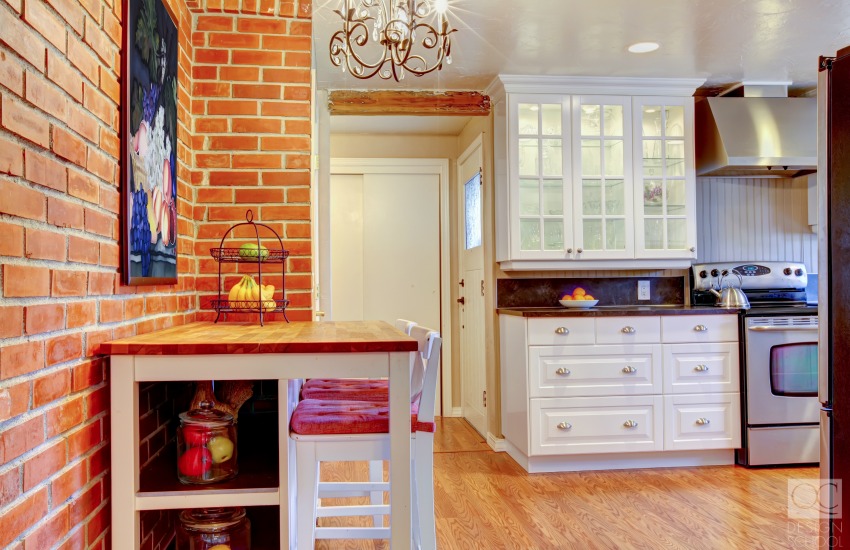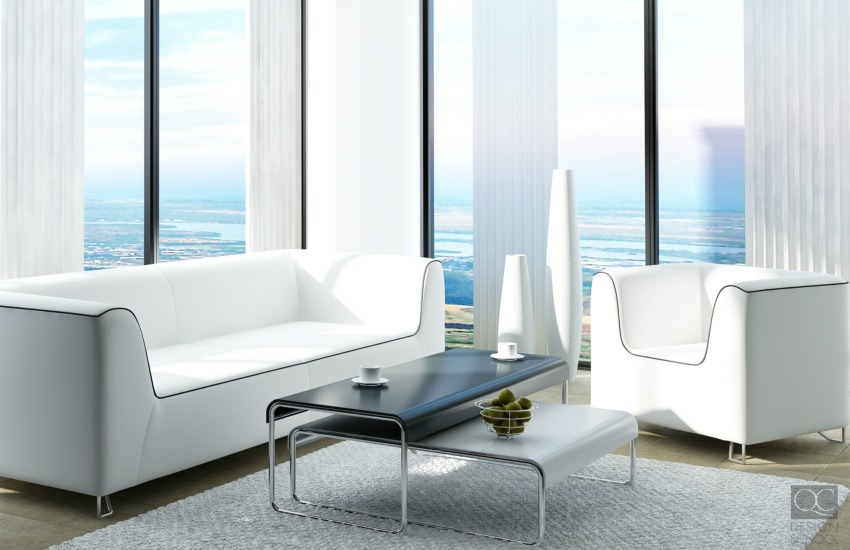As a certified home stager, you’ve heard all the fuss about working with real estate agents and the like. But what if you’re tired of redesigning and depersonalizing the same type of home? What if you need a new challenge in your career that isn’t fulfilled in the residential market?
We have good news: there’s a huge market for designers and stagers in the commercial industry, and many are unknown to the vast majority.
Follow along to find out which commercial niches you should target as a home stager – they’ll already be searching for the perfect designer to sign a contract!
Photography Studios
For photographers, having a studio set up perfectly makes a massive difference in how photographs and shoots turn out. Whether it’s an independent photographer with a home studio, or a larger company specializing in family-friendly photoshoots.
As a home stager, your skills lie in designing gorgeous spaces that create an impression on a wide range of people. You’re trained in the art of depersonalizing, which is essential for photography shoots where backgrounds need to adapt to a large number of clients! Think about it – would you want to take a family photograph in front of a background that doesn’t compliment anything but the studio itself?
Photographers also have great knowledge of lighting needs and arrangements, but when it comes to color theory they might need some help. Working with photographers to strike the perfect tone for their backdrop can save them a lot of stress and hassle with their light settings. Just as a color consultant will work with clients to find the best choice for each room, you can provide insights on the ideal color scheme for the type of client each studio targets.

Retail Stores
One of the biggest industries that not many people consider for home staging jobs is retail stores. From your big chains to your local bridal salon, fitting rooms and waiting areas need to be designed perfectly to impress every customer. Although interior decorators might be sought out for these jobs as well, we believe home stagers are more inclined to the needs of a retail store. Let us explain…
Decorators will definitely be able to create the right flow throughout an entire store, from color transitions to the fitting area – but home stagers are driven to design a space that makes every single person comfortable in that place. Where interior decorators will build an exact match or offer recommendations based on the company’s brand, professional home stagers will draw attention from any customer that walks through the door.
Stage Sets
Ah, the wonderful world of theater – why wouldn’t a home stager want to work here? It’s a great opportunity to gain hands-on experience in creating sets and identifying the target audience of a play. You need to hit the right note in your stage setup to complement the play structure and actors. A well-designed, universal set will add a whole new element to the performance and success of a show.
Further, you can work on sets for smaller performances or other types of entertainment. For example, live talk shows or conferences need a designer to build the best set for a general audience. Home stagers can reach a wider audience with their training in depersonalizing and attracting multiple personalities.

Film Sets
In a niche that’s largely dominated by interior decorators, the film and TV industry could use a few home stagers to bring something new to the table. In a nutshell, both professions will create a flawless design for the set. The difference lies in who the film/television show is targeting.
Not all shows want a set design that accompanies the characters on film. There’s potential for home stagers to break into the industry by showing designs that will draw the attention from any viewer at home. That’s the point, anyhow – producers want to make a connection with the viewer through their characters and plotlines, but they also need to make a connection through the design of their set.
Consider the common rooms from Harry Potter. Yes, both an interior decorator and a home stager can create a similar style. However, a home stager has much more experience in creating a space for everyone rather than a few specific people. How many living rooms now try to model the common rooms from Hogwarts?
Public Buildings
The public sector is a big industry for home stagers! Working on public spaces and buildings is the epitome of your home staging program. You need to bring elements of professionalism into your designs and make sure that these spaces are emotionally detached.
Now, you still want public waiting areas to be comfortable and welcoming, but you can’t mingle professionalism with personal statements. If you’re working for the city to design a new public service lobby, you’re not going to take the admin assistant’s advice on adding pictures of puppies on a blue accent wall. We trust that interior decorators wouldn’t, either…

Corporate Lounges
This is a niche that both interior decorators and home stagers can dominate – and have fun with! Depending on what the company wants, you might be working more on the décor side than the staging side of design. Take a first-class waiting lounge at the airport – the design should be modern, clean, sophisticated, and comfortable. In the travel industry, relaxation and comfort take the front seat!
Or, perhaps you’ll end up working for a big bank who wants to redesign their office branches. Since finances can be extremely stressful for some clients, building a calming atmosphere in this space will be of the utmost importance. As a certified home stager, you can create a universal branch design that puts all clients at ease while they’re discussing their mortgage.
All in all, there are a million and one jobs for home stagers in the commercial industry. Companies want their brand to reflect the best version of themselves, and they want to bring more and more customers their way. With your design expertise, you can create a staged area that draws attention and gives off a positive impression.
